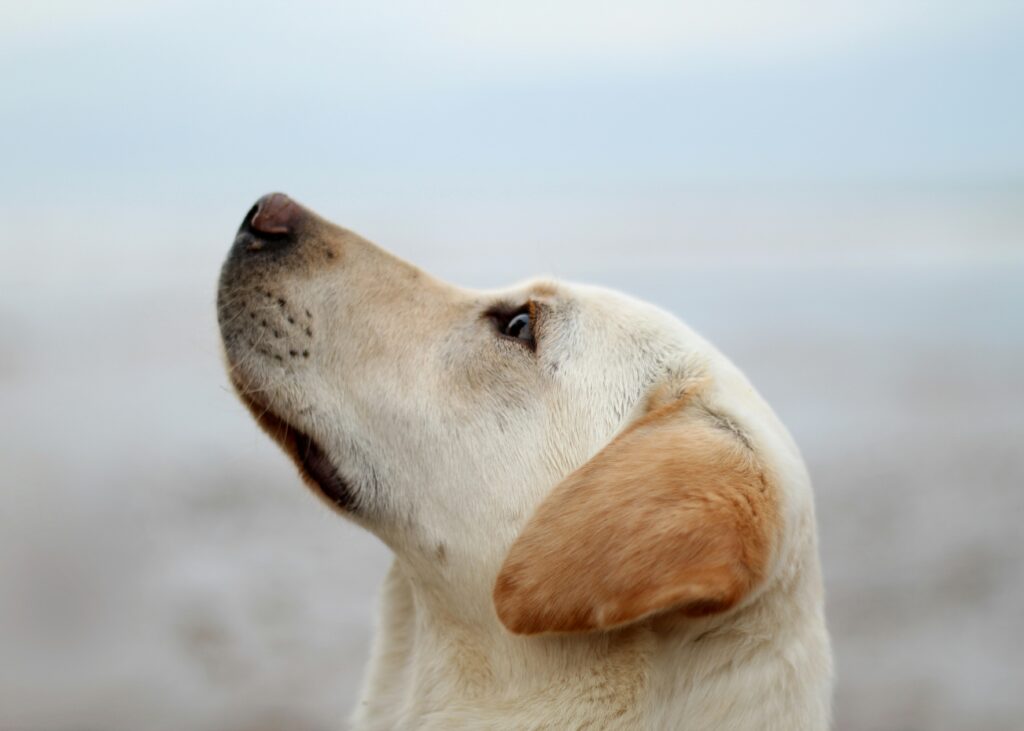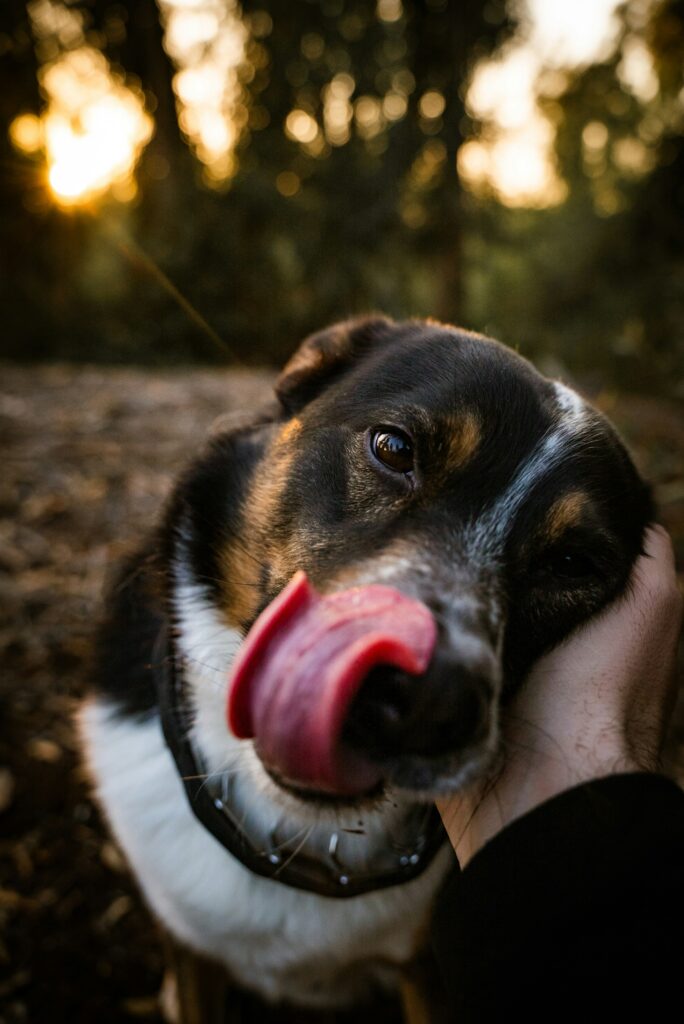The Power of Touch: How Dogs Use Their Sense of Feeling
When we think about how dogs interact with the world, we often focus on their powerful noses and keen ears. But a dog’s sense of touch is just as important in helping them understand their environment and build connections with others—including you.
Let’s explore how dogs use their sense of touch, how it influences their behavior, and what it can teach us about better communicating with our furry companions.
1. The Skin: A Giant Sensory Organ
A dog’s entire body is covered in skin packed with nerve endings. These receptors allow dogs to feel pressure, temperature, and pain. Just like humans, dogs can experience discomfort from hot surfaces, the chill of winter, or the joy of a comforting pat.
Touch is also critical for dogs to self-regulate and understand physical boundaries. For example, a dog lying on a soft bed or a sunny patio isn’t just relaxing—they’re experiencing physical comfort and security through touch.
2. Whiskers: Not Just for Show
Those cute, twitchy whiskers on your dog’s muzzle, eyes, and chin are more than a fashion statement. Known as vibrissae, these long, stiff hairs are deeply rooted in the skin and highly sensitive to touch and vibration.
Whiskers help dogs:
-
Detect subtle changes in air currents
-
Sense nearby objects (even in the dark!)
-
Gauge the width of openings or passageways
-
Stay spatially aware in tight or cluttered environments
You’ll often see dogs gently touching objects with their whiskers—this is part of how they investigate their surroundings without relying solely on sight.
Pro tip: Never trim or pluck your dog’s whiskers. It can disorient them and interfere with their natural perception.
3. The Paws: Sensitive and Expressive
A dog’s paws do more than walk and run—they are full of sensory receptors that detect pressure, texture, and temperature. The pads help dogs understand the surfaces they’re walking on, from soft grass to icy sidewalks.
Dogs may also communicate emotions through their paws. Ever notice your dog pawing at you? That’s their way of seeking attention or connection. Some dogs will gently place a paw on their owner as a way of saying, “I’m here,” or “I need something.”
4. Touch and Bonding
Touch is one of the most powerful ways dogs form social bonds—with each other and with humans. From licking and nuzzling to snuggling and laying close, physical contact creates trust and comfort.
In fact, gentle petting can lower a dog’s heart rate, reduce stress, and boost the production of feel-good hormones like oxytocin—the same hormone involved in human bonding.
If you’ve ever had a stressed or anxious dog melt into your lap with a sigh, you’ve seen the emotional power of touch firsthand.
5. Touch as a Communication Tool
Dogs also use touch to communicate with one another. During play, they may use body bumps, shoulder nudges, or gentle mouthing to send signals about how they feel. A dog that rolls onto its back isn’t just asking for belly rubs—it may be showing submission or trust.
When it comes to training and interaction, respecting your dog’s comfort zone is key. Some dogs love cuddles, while others may prefer space. Learning your dog’s body language will help you understand what kind of touch they welcome—and when.
6. Helping Dogs Thrive Through Touch
Want to support your dog’s sense of touch in a healthy way? Here are a few easy tips:
-
Massage your dog: Light massages can help with relaxation and circulation.
-
Groom regularly: Brushing your dog keeps them clean and reinforces bonding through gentle contact.
-
Use soft bedding and surfaces: Comfortable textures encourage rest and tactile satisfaction.
-
Incorporate tactile enrichment: Puzzle mats, rubber textures, or turf patches can keep dogs engaged and curious.
Final Thoughts
Your dog’s sense of touch is a deeply meaningful part of how they experience the world—and how they connect with you. From the sensitivity of their whiskers to the warmth of a belly rub, every tactile experience shapes their understanding of their environment.
As dog owners, we can strengthen our bond by offering comforting, respectful touch and being mindful of how our dogs respond to physical interaction. After all, sometimes the most powerful way to say “I love you” is with a gentle pat or a cozy cuddle.



